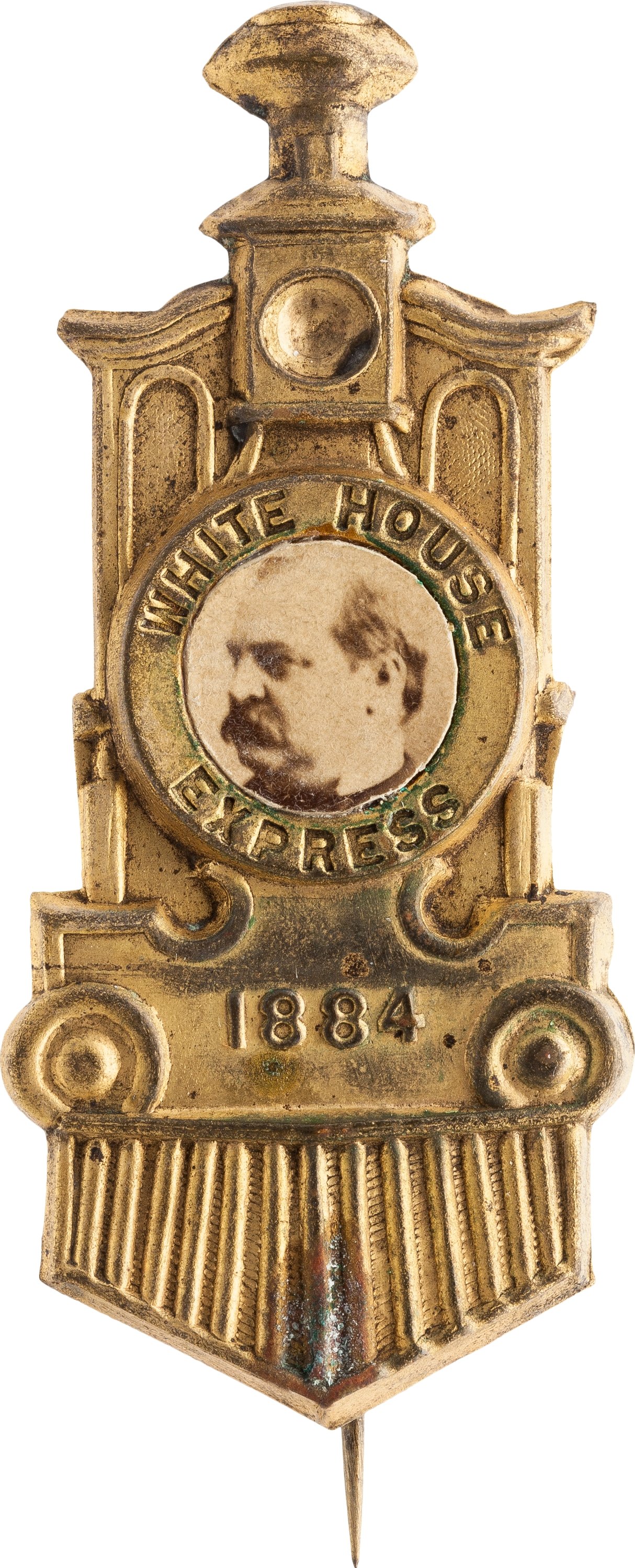
By Jim O’Neal
When Grover Cleveland delivered his inaugural address on March 4, 1885, he stood confidently with one hand behind his back and without notes. The 47-year-old bachelor was the first Democrat to become president after the Civil War. He had developed a sterling reputation for honesty and repudiated cronyism.
He had been elected mayor of Buffalo in 1881 as a reform candidate dedicated to cleaning up corruption in city government. He soon became known as the “Veto Mayor,” turning down one crooked measure after another that had been approved by his corrupt city council. This served as a springboard to becoming governor of New York, surprising even the leaders of the Tammany Hall machine by rejecting proposals that clearly only benefited insiders of the gang. Cleveland read every word of every law passed by the legislature – even if it meant working all night – before signing or vetoing.
So there was a large crowd listening intently to his inauguration remarks where he again promised to reform the federal government by applying sound business principles and revamping the pernicious civil-service system that protected too many incompetent public employees. He committed to a merit system that recognized good performance rather than party subservience.
Nevertheless, Democrats from all parts of the country descended on Washington expecting to be rewarded with more than 100,000 jobs Cleveland had the power to fill. But, he refused to remove Republicans from office just because of party affiliation. Newspapers of both parties attacked Cleveland and he responded with one of the most sweeping denunciations ever made against the press.
“I don’t think there was ever a time when newspapers lying was so general and mean as the present, and there was never a country under the sun where it flourished as it does in this. The falsehoods daily spread before the people in our newspapers, while they are proofs of the ingenuity of those engaged in newspaper work, are insults to the American love of decency and fair play of which we boast …”
Throughout his first administration, Cleveland ruthlessly continued to veto special-interest legislation, running up a total of more than 300 vetoes. For perspective, the grand total for the 21 presidents who preceded him was only 132. Naturally, he managed to make a lot of political enemies, and they extracted their vengeance when he ran for a second term. Despite the antagonism of special-interest groups, the Democratic National Convention in June 1888 nominated him by acclamation.
Then the Republicans and Tammany Hall went to work and got behind Benjamin Harrison. Cleveland received 100,000 more votes, but the New York electoral votes gave Harrison the nod. When Cleveland’s term ended on March 4, 1889, he claimed, “There was no happier man in the United States.” However, his young wife Frances (Cleveland had married her while in office) told the White House staff to take good care of the furnishings because they would be back in exactly four years.
She was prescient. They returned right on schedule as promised – making Cleveland the first president to serve two non-consecutive terms.
 Intelligent Collector blogger JIM O’NEAL is an avid collector and history buff. He is President and CEO of Frito-Lay International [retired] and earlier served as Chairman and CEO of PepsiCo Restaurants International [KFC Pizza Hut and Taco Bell].
Intelligent Collector blogger JIM O’NEAL is an avid collector and history buff. He is President and CEO of Frito-Lay International [retired] and earlier served as Chairman and CEO of PepsiCo Restaurants International [KFC Pizza Hut and Taco Bell].
